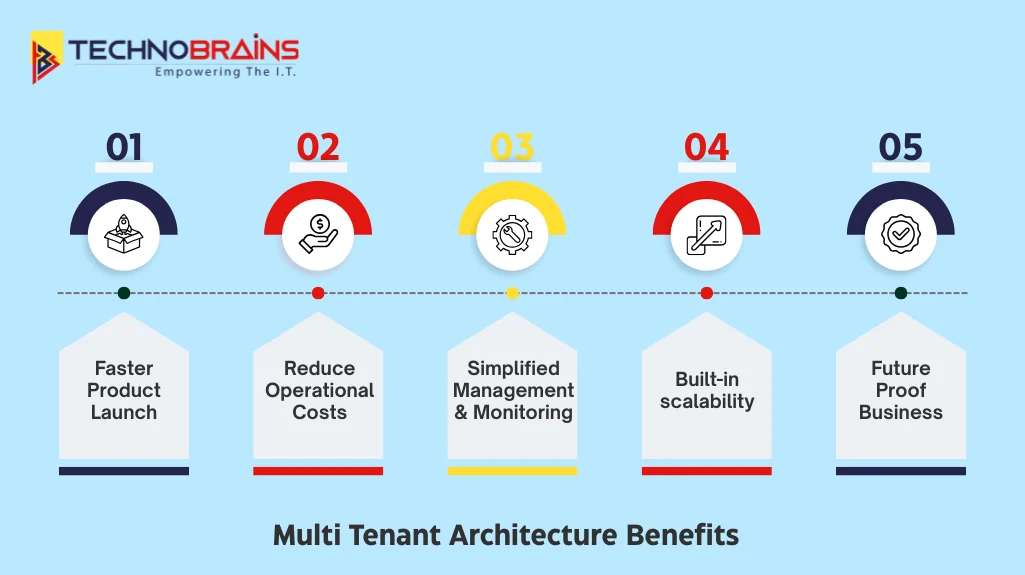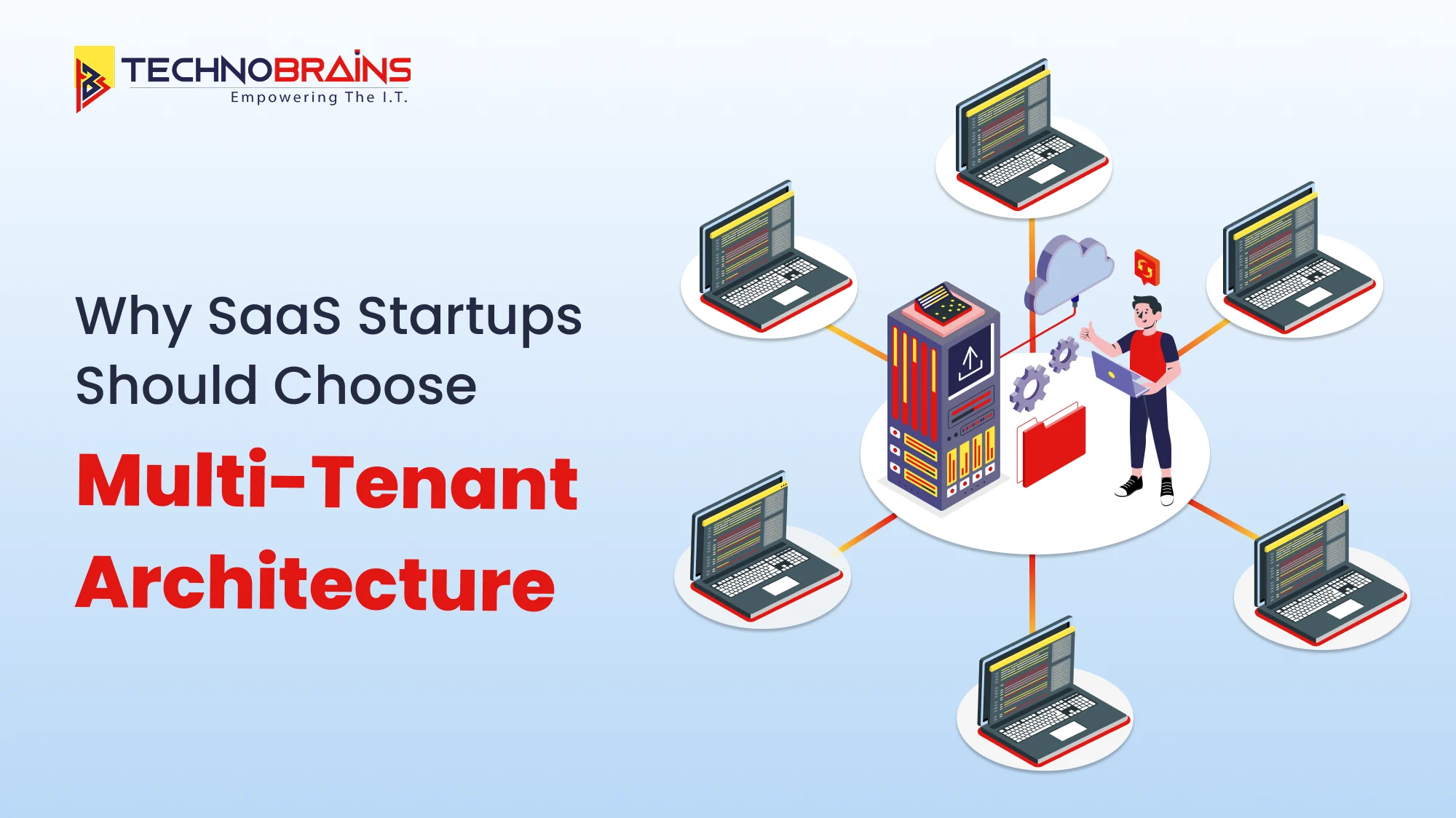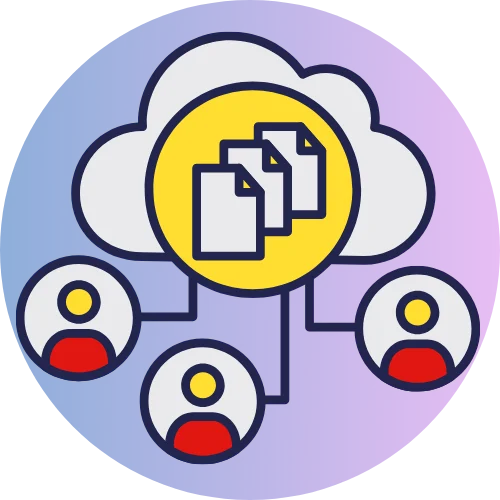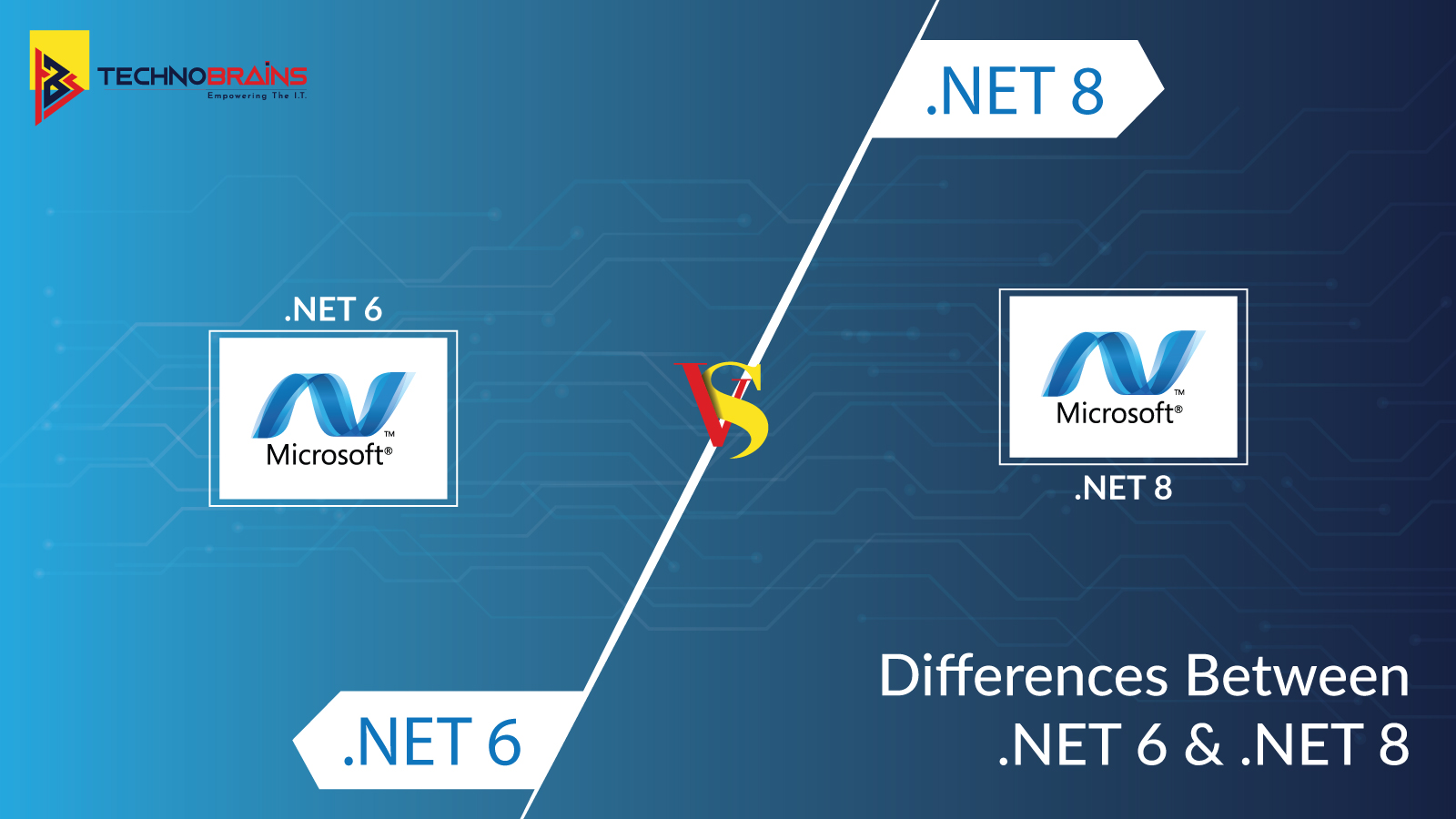Get 40 Hours Free Developer Trial
Test Our Developers for 40 Hours at No Cost - Start Your Free Trial →
In today’s competitive software world, multi-tenancy has become a key part of how cloud computing works. It lets one software app handle multiple customers at the same time. This setup brings big benefits to both the providers and the users.
Startups that use a multi-tenant system can tap into easier scaling, lower costs, and simpler maintenance. Companies working on Azure cloud platforms see these advantages stand out even more since Azure offers tools meant to support multi-tenant apps.
This guide will show why SaaS startups should start with multi-tenancy, how to set it up, and when it might be better to think about other methods.
Top Reasons to Choose Multi Tenant Architecture for SaaS

Choosing the right architecture is an important step to the success of any SaaS startup. From our experience delivering SaaS app development services, we’ve seen how multi-tenant architecture gives startups a clear edge. It supports faster development, easier scalability, and simpler management. Below are some reasons why SaaS startups should choose multi-tenancy architecture.
Faster product launch
Speed matters a lot to new businesses. Multi-tenant architecture helps startups roll out their products faster. Instead of managing separate systems, you handle a single codebase that works for all customers. Adding a client is as simple as creating a user account rather than setting up new servers. Updates and fixes take less effort too. You update once, and it helps every client at the same time.
Reduce upfront and operational costs
Multi-tenancy offers big money-saving potential. Sharing infrastructure and operating costs among several tenants allows you to price your services and still make good profits. Research shows that businesses using multi-tenant setups can cut infrastructure expenses by as much as 50% when compared to those using single-tenant systems. Because resources are shared, the cost for each user goes down a lot. This makes your SaaS offering more appealing in terms of cost than others relying on single-tenant models.
Simplified management & monitoring
Beyond cutting costs, multi-tenant architecture also removes a lot of operational hassles. With centralized management, you can track performance and keep an eye on security and resource use for all tenants in one place. This helps you spot problems faster and keep your services running. Azure cloud tools built for multi-tenant systems support this streamlined process.
Built-in scalability
Most multi tenant architecture allows your system to scale well without driving up costs at the same rate. A .NET application can handle more users as it grows without needing extra infrastructure for every new tenant. This flexibility lets resources adjust automatically to meet demand, keeping performance steady even when your user base grows.
Future-Proofing the Business
Using multi-tenant architecture puts your startup on track to succeed in the long run. This approach aligns with modern SaaS methods, makes it simpler to connect with cloud platforms, and builds a system that expands alongside your company. It helps you put your energy into creating better products instead of worrying about managing infrastructure, which is a big edge in the fast-changing software world today.
Also Read, Advantages of SaaS Development.
Core Models of Multi-Tenancy
When using multi tenancy architecture, choosing the right database model plays a big role in ensuring things go well in the long run. The database model you go with decides how well your SaaS app can separate tenant data, handle growth, and keep security balanced with running costs.
Shared database with tenant identifiers
This setup is the most straightforward multi-tenant model. It uses a single database and schema for all tenants. Each table has a [tenant_id] column that identifies and filters data based on the tenant. This option reduces costs per tenant and keeps maintenance simple since there’s just one database to back up, track, and update. Schema changes are applied to all tenants at once, which makes development easier.
Still, this model requires thinking about some key risks. Data leaks might happen between tenants if queries aren’t filtered. One tenant’s intense usage might also cause resource-sharing issues, creating performance problems for others.
Database-per-tenant model
To address stricter security needs, the database-per-tenant model gives each tenant an independent database. This setup ensures strong isolation, allows better customization options, and avoids performance slowdowns caused by tenants sharing the same resources. Moreover, it makes compliance simpler with data residency rules and helps scale tenants more based on what they require.
The tradeoff comes down to higher complexity in operations and more spending on resources. Teams must apply schema migrations to every tenant’s database, and smaller tenants often fail to make full use of their assigned resources.
Hybrid approach that mixes shared and isolated setups
In many Azure cloud projects, teams prefer using hybrid methods, which combine parts of both shared and isolated models. For example, certain features may work on shared infrastructure, while other areas reserve dedicated resources for each tenant. This setup gives flexibility to categorize tenants by factors like business size or sector, letting each group share specific resources.
The hybrid method works well when tenants need resources at very different levels. For example, free trial users might share a multi-tenant database, and paid customers could have their own dedicated resources. This is a smart strategy when working on .NET framework projects.
Single-Tenant vs Multi-Tenant Architecture
Our team often helps startups make tough architecture choices. As a top .NET development service, we understand how important it is to know the key differences between single-tenant and multi-tenant setups. This knowledge will help you choose what fits your business goals and technical needs.
Efficiency in costs and resources
Your architecture decision influences your expenses. Multi-tenant setups need less money upfront compared to single-tenant ones. You avoid having a separate physical infrastructure for each user. By sharing resources among customers, multi-tenant systems achieve greater utilization, which cuts down the cost of operations per customer.
Based on our work with Azure cloud apps, using multi-tenant systems saves more money. The costs for both development and upkeep are spread across all users. Startups use this model to cut costs for customers while still earning solid profits.
Security and data isolation
Security often shapes how systems are designed. Single-tenant setups strengthen security by keeping each customer’s data and apps separate. This full separation fits industries like healthcare, finance, or government that need strict compliance. Even so, if configured, multi-tenant systems also offer strong security through features like tenant-specific authentication and organized data separation.
Customization and flexibility
Single-tenant setups let users customize more than other environments. Customers can control the server setup to match their needs. This setup allows adjustments to improve performance, connect with other systems, and add unique features.
On the other hand, multi-tenant setups limit how much users can customize their systems. Changes have to work for all users sharing the system. To personalize multi-tenant solutions, use configurable settings instead of changing the actual code. This keeps the system efficient while still offering some level of tailoring.
Maintenance and upgrade complexity
Managing each system is much harder with single-tenant models. Every customer’s setup needs its own maintenance plan. When updating, each setup has to be handled one by one, following schedules specific to each customer.
In multi-tenant systems, centralized upkeep brings major advantages. You can roll out one update to enhance all customer setups at once. This method eases maintenance tasks. It helps keep performance steady for every customer across the platform.
When NOT to Choose Multi-Tenancy
Multi-tenancy comes with plenty of benefits, but it does not suit every situation. We’ve learned from our work that, in certain cases, a single-tenant setup works better to meet specific business needs.
Small apps with <5 clients
Startups with a small group of clients might find multi-tenancy too complicated. If you are catering to less than five users, the extra setup and infrastructure often bring more hassle than value. Dedicated setups, in these cases, are simpler and don’t add much to overall costs.
Highly regulated industries
Industries like finance, healthcare, and government follow strict regulations that make it tough to adopt multi-tenant setups. Data isolation becomes a major concern, which makes it hard to rely on shared systems. The three main problems are:
- Data leaks: Even with security measures, risks exist where tenant data could get exposed
- Regulatory issues: Some rules require separate physical environments instead of shared ones
- Shared vulnerabilities: Problems in the infrastructure hit all users at the same time
Heavy customization for specific clients
When clients need unique and tailored configurations, multi-tenant systems can feel limiting. Single-tenant setups allow full control of server instances, making it easier to meet individual needs. This option supports fine-tuned performance, smoother integrations, and custom feature creation.
Conclusion
Multi-tenant architecture acts as a smart approach with key benefits for new SaaS companies. Saving money might be the biggest reason startups pick multi-tenancy. Businesses can cut infrastructure expenses by as much as 50% compared to single-tenant setups. It also allows smooth growth as your app expands along with your users.
The best choice of architecture matches what your business aims to achieve, your tech needs, and what customers expect. When developers use the ASP.NET framework and Azure cloud services the right way, multi-tenant systems bring major advantages. These include easier management, quicker updates, and reduced operating costs for your company.
When planning the architecture of your SaaS startup, keep in mind that it defines more than just your tech setup; it plays a major role in how your business operates overall.
Still, not sure which architecture to choose for your product? Connect with our experts today!
FAQs: Why SaaS Business Owner Choose Multi-Tenant Architecture
It’s a software model where a single application serves multiple customers, with each tenant’s data isolated.
By sharing infrastructure, startups spend less on servers, databases, and maintenance.
Single-tenancy offers stronger isolation and customization but is costlier and harder to maintain. Multi-tenancy is more affordable, easier to scale, and faster to update.
Yes. With tenant-specific authentication, encryption, and strict data isolation, it’s secure enough for most industries.
If you’re in finance, healthcare, or government or need heavy customization, single-tenancy may work better.
Yes, Azure offers built-in tools like Azure Active Directory, SQL Elastic Pools, and monitoring services tailored for multi-tenant SaaS apps.








